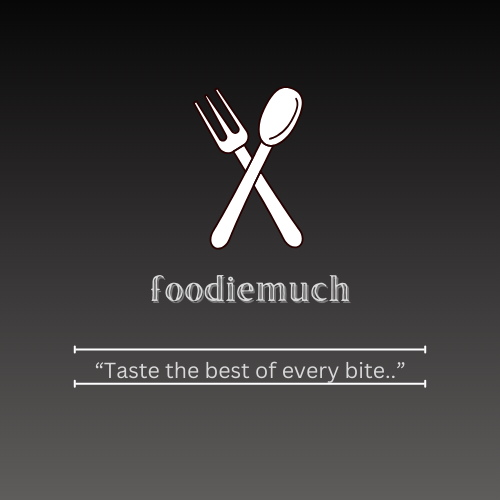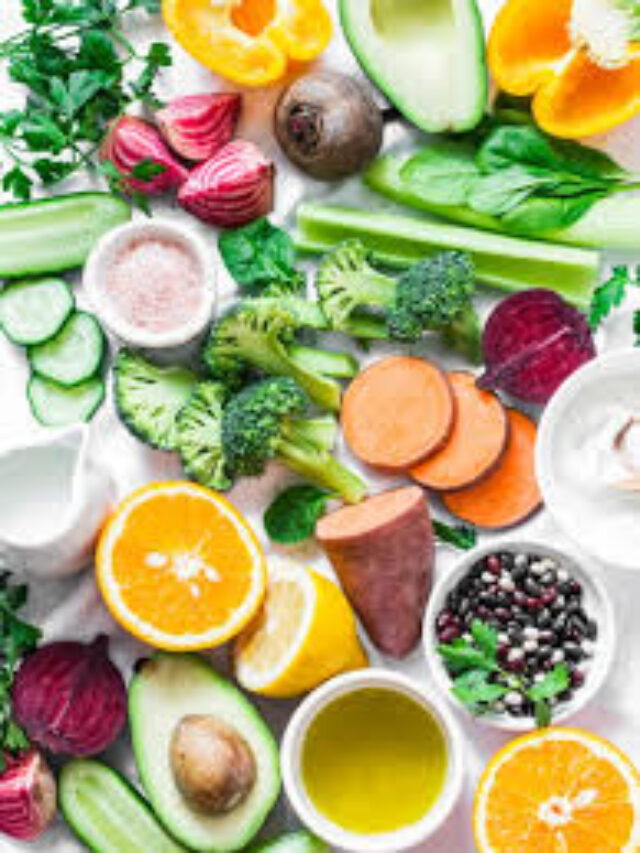Table of Contents
In the past decade, food has evolved far beyond sustenance. It has become a cultural phenomenon, a medium for creativity, and a solution to some of the world’s most pressing challenges. As we look to the future, the food industry is poised for groundbreaking changes driven by technology, sustainability, and shifting consumer preferences. Let’s explore the trends and innovations shaping what we eat, how it’s made, and the impact it has on our planet.
The Rise of Alternative Proteins
As global populations rise, traditional meat production struggles to keep pace without significant environmental costs. Enter alternative proteins: a burgeoning industry that reimagines how we consume protein.
- Plant-Based Proteins: Brands like Beyond Meat and Impossible Foods have already revolutionized the market with plant-based burgers that mimic the taste and texture of beef. Expect to see expanded offerings, from plant-based seafood to dairy-free cheeses.
- Cultivated Meat: Also known as lab-grown meat, this innovation involves growing animal cells in controlled environments. Companies like Upside Foods are spearheading efforts to create meat that’s ethically produced and environmentally friendly.
- Insect-Based Protein: Though unconventional, insects like crickets and mealworms are nutrient-dense, sustainable, and gaining traction as ingredients in protein bars and snacks.
Tech-Driven Agriculture
Technology is revolutionizing farming practices, making them smarter, more efficient, and less harmful to the environment. Here’s what’s on the horizon:
- Vertical Farming: Using stacked layers and controlled environments, vertical farms like AeroFarms produce high yields with minimal land and water usage. Imagine fresh, local produce grown in urban centers year-round.
- AI and IoT in Farming: Artificial intelligence and the Internet of Things (IoT) are optimizing crop management. From sensors that monitor soil health to drones that analyze crop conditions, tech-driven agriculture is improving productivity and reducing waste.
- Gene Editing: CRISPR technology allows scientists to develop crops that are resistant to pests, droughts, and diseases, ensuring food security in the face of climate change.
Sustainable Practices
Sustainability isn’t just a buzzword; it’s a necessity. The future of food lies in practices that prioritize the planet while feeding its inhabitants.
- Zero-Waste Cooking: Chefs and home cooks alike are embracing ways to reduce food waste, from using vegetable scraps for stocks to turning overripe fruits into jams.
- Regenerative Agriculture: This holistic farming approach focuses on rebuilding soil health, increasing biodiversity, and capturing carbon dioxide. Brands like General Mills are already integrating these practices into their supply chains.
- Reusable Packaging: Companies like Loop are pioneering reusable packaging models to cut down on single-use plastics, redefining convenience in sustainable terms.
Personalized Nutrition
Imagine a diet tailored to your DNA, lifestyle, and health goals. Advances in nutrition science and technology are making personalized nutrition a reality.
- DNA-Based Diets: Services like Nutrigenomix analyze your genetic profile to recommend foods that align with your health needs.
- Smart Kitchen Appliances: From AI-enabled meal planners to smart fridges that suggest recipes based on available ingredients, technology is making healthy eating easier.
- Functional Foods: Foods fortified with probiotics, adaptogens, or antioxidants are gaining popularity for their potential health benefits, from boosting immunity to improving mental clarity.
Food as an Experience
The way we consume food is becoming more experiential, blending technology, storytelling, and community.
- Immersive Dining: Restaurants are embracing multisensory experiences, combining flavors with visual, auditory, and even virtual reality elements to create memorable meals.
- Food Tourism: Travelers are seeking destinations not just for landmarks but for culinary adventures. From farm-to-table experiences to authentic street food tours, food tourism is booming.
- DIY Meal Kits: Companies like Blue Apron and HelloFresh are evolving to include unique, chef-curated meals that allow consumers to replicate gourmet dishes at home.
Challenges and Opportunities
With all these advancements, challenges remain. Ensuring equitable access to these innovations, addressing cultural acceptance of unconventional foods, and navigating regulatory landscapes are key hurdles. However, they also present opportunities for collaboration, education, and innovation.
Conclusion: A Plate Full of Possibilities
The future of food is as dynamic and diverse as the people it serves. From sustainable practices to technological marvels, the innovations we embrace today will shape how we nourish ourselves and the planet tomorrow. Whether you’re a foodie, a farmer, or a tech enthusiast, there’s no better time to engage with the ever-evolving world of food.
Call to Action: Curious about trying the latest food trends or innovations? Share your thoughts and favorite emerging food products in the comments. Let’s start a conversation about the future of our plates!

